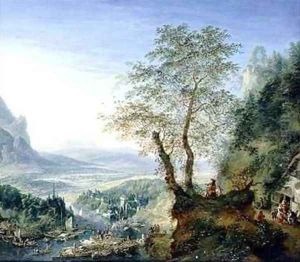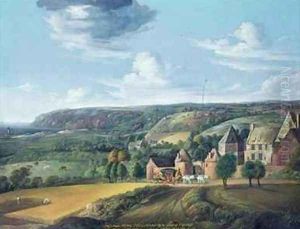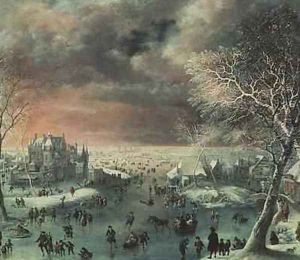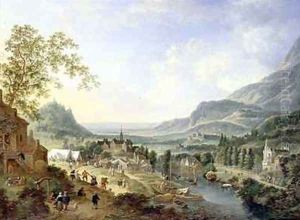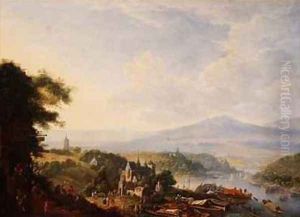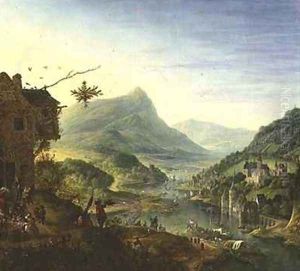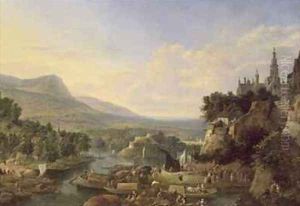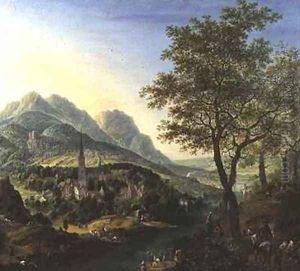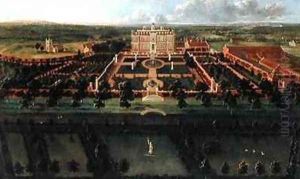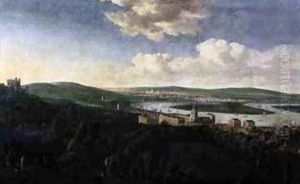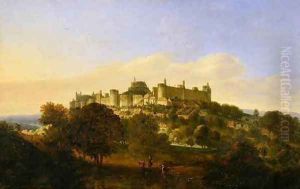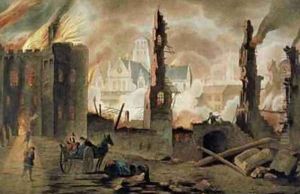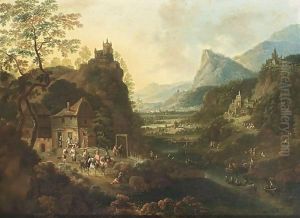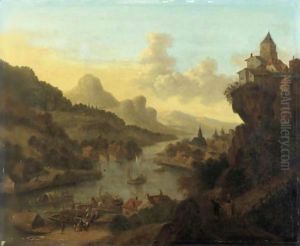Jan the Elder Griffier Paintings
Jan Griffier the Elder was a Dutch Golden Age painter and etcher, renowned for his detailed landscapes, cityscapes, and river scenes. Born around 1645 in Amsterdam, Netherlands, Griffier's early life remains somewhat obscure, but it is known that he developed his artistic skills in his homeland before moving to England around the late 1660s or early 1670s. His works often reflect the influence of Dutch landscape traditions, yet they are imbued with a distinctive style that made Griffier a sought-after artist in England.
Griffier is believed to have been a pupil of the landscape painter Roelant Roghman in Amsterdam, which helped him develop a keen eye for detail and a profound understanding of natural scenery. His move to England was likely motivated by the growing demand for landscape paintings among the British aristocracy and the burgeoning middle class. In England, Griffier quickly established himself, attracting the patronage of notable figures, including the diarist Samuel Pepys and the Duke of Buckingham.
One of the defining moments of Griffier's career was his survival of the Great Fire of London in 1666, an event that not only impacted his life but also influenced his artistic output. Following the fire, he produced several works depicting the aftermath of the catastrophe, showcasing his skill in capturing both the beauty and the devastation of the urban landscape.
Throughout his career in England, Griffier enjoyed considerable success. He was known for his versatility, producing etchings and paintings that ranged from intricate topographical views to idyllic countryside scenes. His ability to blend realistic detail with atmospheric effects made his works highly prized among collectors.
In the late 1690s, Griffier decided to return to the Netherlands, where he continued to paint and etch. However, his ties to England remained strong, and he eventually returned there, where he continued his work until his death in 1718.
Griffier's legacy is that of a bridge between the Dutch and English schools of painting. His works are held in high esteem and can be found in major museums and collections worldwide. His influence extended beyond his lifetime, impacting the development of landscape painting in England and continuing to inspire artists and collectors alike.
